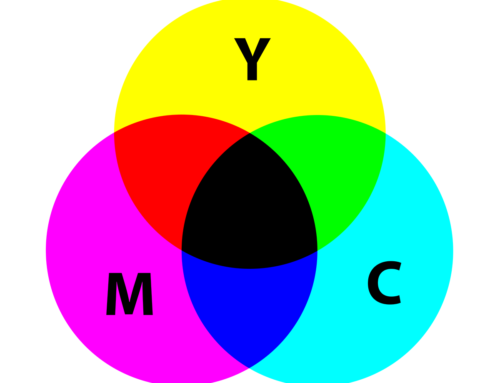The international paper size standard is ISO 216. It is based on the German DIN 476 standard for paper sizes. ISO paper sizes are all based on a single aspect ratio of square root of 2, or approximately 1:1.4142. There are different series, as well as several extensions.
| Format | A series (mm x mm) | B series (mm x mm) | C series (mm x mm) |
|---|---|---|---|
| 0 | 841 × 1189 | 1000 × 1414 | 917 × 1297 |
| 1 | 594 × 841 | 707 × 1000 | 648 × 917 |
| 2 | 420 x 594 | 500 x 707 | 458 x 648 |
| 3 | 297 x 420 | 353 x 500 | 324 x 458 |
| 4 | 210 x 297 | 250 x 353 | 229 x 324 |
| 5 | 148 x 210 | 176 x 250 | 162 x 229 |
| 6 | 105 x 148 | 125 x 176 | 114 x 162 |
| 7 | 74 x 105 | 88 x 125 | 81 x 114 |
| 8 | 52 x 74 | 62 x 88 | 57 x 81 |
| 9 | 37 x 52 | 44 x 62 | 40 x 57 |
| 10 | 26 x 37 | 31 x 44 | 28 x 40 |
A Series
The base A0 size of paper is defined as having an area of 1 m2. Rounded to the nearest millimetre, the A0 paper size is 841 by 1,189 millimetres (33.1 in × 46.8 in).
Successive paper sizes in the series A1, A2, A3, and so forth, are defined by halving the preceding paper size across the larger dimension. This also effectively halves the area of each sheet. The most frequently used paper size is A4 measuring 210 by 297 millimetres (8.27 in × 11.7 in).
The significant advantage of this system is its scaling: if a sheet with an aspect ratio of √2 is divided into two equal halves parallel to its shortest sides, then the halves will again have an aspect ratio of √2. Folded brochures of any size can be made by using sheets of the next larger size, e.g. A4 sheets are folded to make A5 brochures. The system allows scaling without compromising the aspect ratio from one size to another—as provided by office photocopiers, e.g. enlarging A4 to A3 or reducing A3 to A4. Similarly, two sheets of A4 can be scaled down and fit exactly 1 sheet without any cutoff or margins.
By 1975, so many countries were using the German system that it was established as an ISO standard, as well as the official United Nations document format. By 1977, A4 was the standard letter format in 88 of 148 countries. Today the standard has been adopted by all countries in the world except the United States and Canada. In Mexico, Costa Rica, Colombia, Venezuela, Chile, and the Philippines, the US letter format is still in common use, despite their official adoption of the ISO standard.
B Series
In addition to the A series, there is a less common B series. The area of B series sheets is the geometric mean of successive A series sheets. So, B1 is between A0 and A1 in size, with an area of 0.707 m2 ( 1⁄√2 m2). As a result, B0 is 1 metre wide, and other sizes in the B series are a half, a quarter or further fractions of a metre wide. While less common in office use, it is used for a variety of special situations. Many posters use B-series paper or a close approximation, such as 50 cm × 70 cm; B5 is a relatively common choice for books. The B series is also used for envelopes and passports.
The B-series is widely used in the printing industry to describe both paper sizes and printing press sizes, including digital presses. B3 paper is used to print two US letter or A4 pages side by side using imposition; four pages would be printed on B2, eight on B1, etc.
C Series
The C series is usually used for envelopes and is defined in ISO 269. The area of C series sheets is the geometric mean of the areas of the A and B series sheets of the same number; for instance, the area of a C4 sheet is the geometric mean of the areas of an A4 sheet and a B4 sheet. This means that C4 is slightly larger than A4, and slightly smaller than B4. The practical usage of this is that a letter written on A4 paper fits inside a C4 envelope, and C4 paper fits inside a B4 envelope.
Some envelope formats with mixed sides from adjacent sizes (and thus an approximate aspect ratio of 2:1) are also defined in national adaptations of the ISO standard, e.g. DIN C6/C5 is 114 mm × 229 mm where the common side to C5 and C6 is 162 mm.



